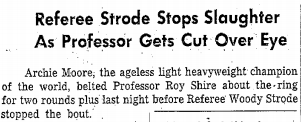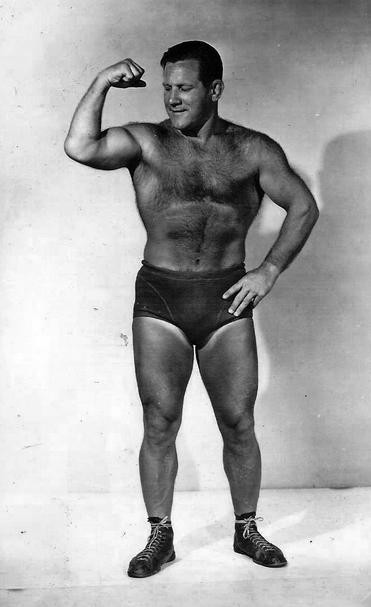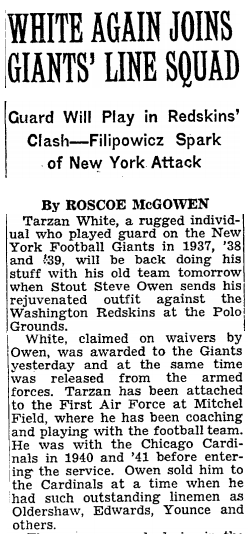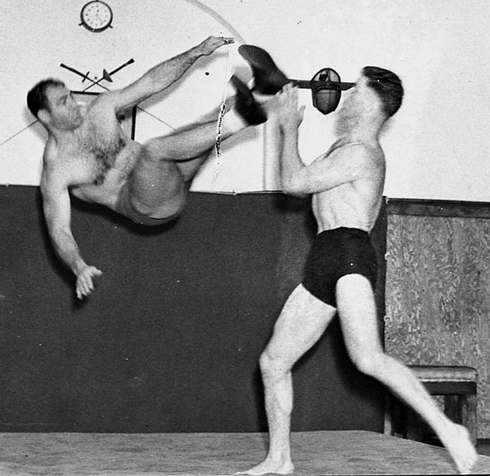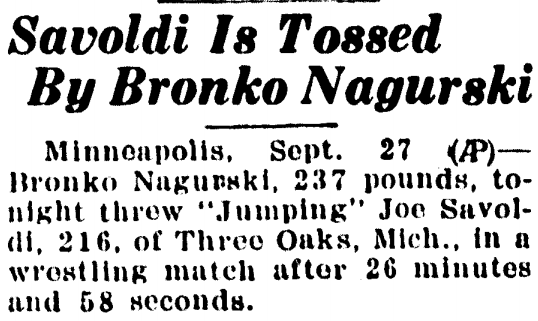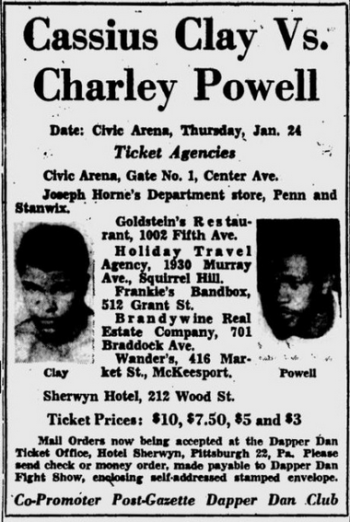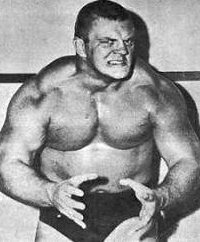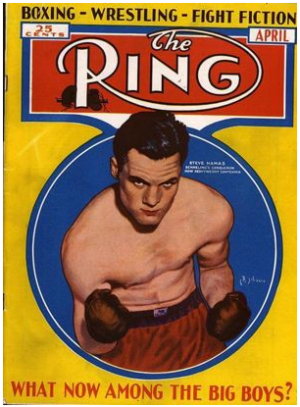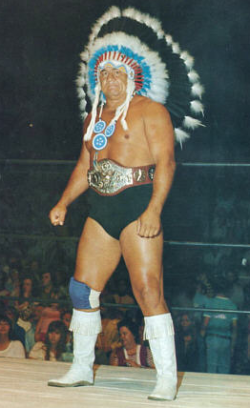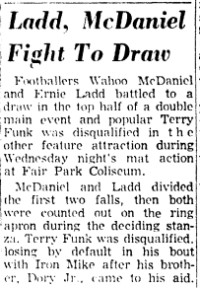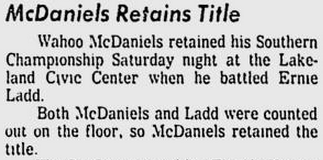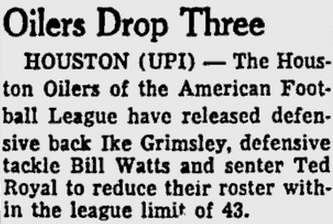If Woody Strode is remembered today, it’s probably as an actor, not as one of the two players to reintegrate the NFL in 1946 with the Los Angeles Rams. His most famous role was as the title character in Sergeant Rutledge (directed by the legendary John Ford). He also played the Grand Mogul in the classic Batman TV series. But his most famous scene was in Stanley Kubrick’s Spartacus, when he fought Kirk Douglas in one of the great cinema battles of all time. Take a look:
Awesome, no? (Yes, that’s Laurence Olivier taking the knife to Woody at the end.) Steven Spielberg certainly has a high opinion of it:
Anyway, how did we get from that exercise in thespian manhood to this? By this, I mean Strode’s wrestling match — date unknown — with Gorgeous George, one of the daintiest grapplers ever to climb in the ring? If you’ve never seen George’s shtick before, you’re in for a treat. The guy took Muhammad Ali’s “I’m so pretty” to a whole new level.
Besides his football and film careers, Strode also did some rolling around on the mat. He even wrestled Primo Carnera, the former heavyweight boxing champ — Sept. 27, 1956, according to wrestlingdata.com. (Alas, I couldn’t find any more information about it.) The character of Mountain Rivera in Rod Serling’s Requiem for a Heavyweight (played in this trailer by Anthony Quinn). is loosely based on Carnera.
Speaking of boxing, Strode refereed some bouts, too — including one in Ogden, Utah, in 1956 involving light-heavyweight champ Archie Moore. Moore’s victim was a wrestler-turned-boxer, Roy Shire, who — get this — had faced Woody a few months earlier.
OK, that’s enough backstory. Here it is, tonight’s main event: Woody Strode, who was built like a Greek god, vs. Gorgeous George, who would have been the first on his block to use Grecian Formula (if it had been around then).
Too bad Woody didn’t work that “long pitchfork,” as Spielberg called it, from Spartacus into his act.
Sources: pro-football-reference.com, wrestlingdata.com.


